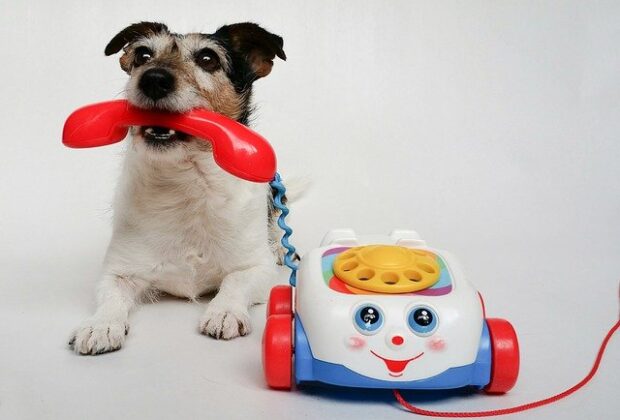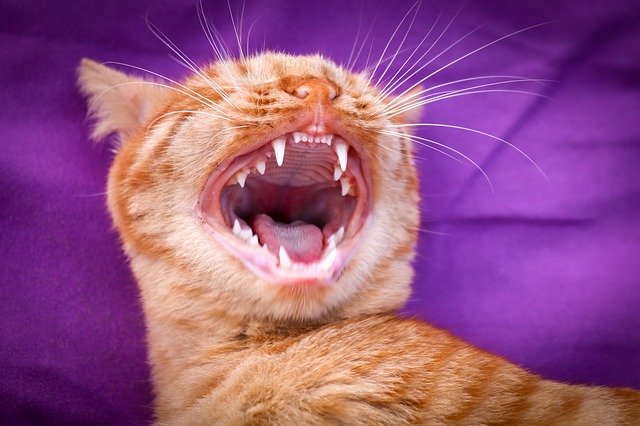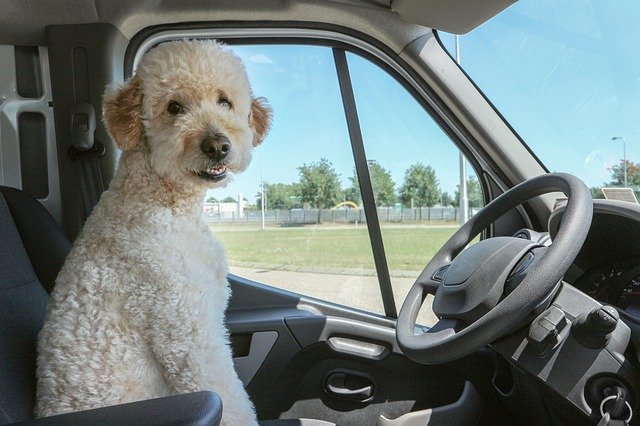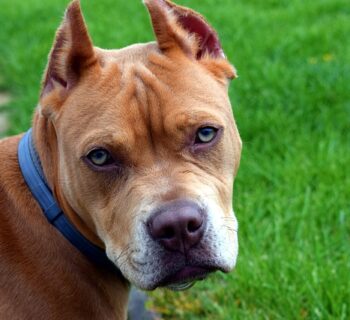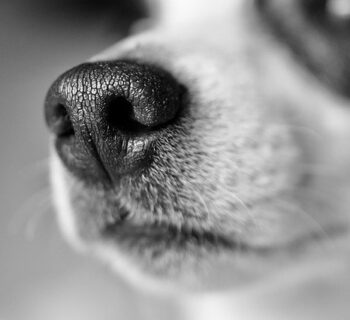Like most canines, your dog likely owns a bunch of toys it often chews on at playtime. And like with most toys, over time, the frequent chewing can lead to a build-up of grime and bacteria, which can become harmful to the animal, other pets, and even humans who may often need to touch those toys. Plus, dirty canine toys can smell pretty unpleasant.
For some, however, disposing of a dirty dog toy is usually the only option, even though it is possible to wash almost every type of dog toy. Yes, even the dirtiest chew toys, and you should clean them when possible. For one, dog toys do not always come cheap, especially good-quality ones, and your dog would miss its favorite toy if discarded without an immediate replacement.
So, here in this article, we will share steps you can take with dirty dog toys to keep your pup safe, healthy, and happy. We will classify how to was dog toys by their type, and we will also share ways you can care for your pet’s toys between cleaning.
Table of Contents
Washing Dog Toys by Type
Outlined here are the different ways you can wash your canine’s toys by their type.
Plush toys
You want to opt for either a pet-safe detergent or use a half-vinegar-half-water solution with plush toys. This is because these toys usually have direct contact with our canines’ mouths, and a detergent-washed toy is probably the last thing you want in your pet’s mouth. There are a large number of toxic ingredients contained in most regular detergents.
The toys can either be washed by hand using the vinegar solution or in a washer with a pet-safe detergent. After washing, you can also either toss them in the dryer or take them outside to air-dry.
However, with air-drying, you want to make sure the plush toys are completely dry before letting your dog have them again or storing them as mold formation is always a possibility with these types of toys.
Plastic or rubber chew toys
Unless clearly specified by the toy’s manufacturer, using a dishwasher for cleaning plastic toys may not be a good idea. For one, the heat and water of the dishwater may affect the toy to the point of weakening and causing it to lose its original form and shape.
There is also the possibility of the heat causing the toy to release potentially harmful chemicals. So, with these types of toys, the best alternative would be a thorough wash in the bathtub using an antibacterial soap alongside an old toothbrush to remove grime from the folds.
With extremely dirty toys, you should consider soaking first in a solution of vinegar and water for up to 20 minutes before washing with soap and water.
Rope toys
Like the other toy types, rope toys can gather grime and breed bacteria. Many rope toys are made with soft fibers that can trap moisture and drool. So unlike rubber or plastic toys, rope toys may often require a particular cleaning method; disinfecting in the microwave.
However, you want to ensure that these toys are made with only rope and do not contain plastic, bones, or metal before disinfecting with this method.
To do this, first get them thoroughly wet by soaking in water for about two minutes, then microwaving for another two to kill all germs in them. After which, you can place it in the washer to remove the grime and then air-dry or dry it in the dryer.
Between Cleanings: Caring for Your Canine Toys
Your dog’s toys will still require some level of care between cleanings. This way, it is easier to wash on cleaning days, and your pet isn't exposed to the accumulated bacteria and grime gathered over several months. Every few weeks, sort and inspect the toys and discard or repair those requiring repairs or disposal.
Also, avoid leaving toys outside. Toys, even the sturdiest, lose their structural integrity, become brittle and even let out harmful compounds when left outside in the elements. Some toys left in the snow or rain can quickly begin to breed mold and bacteria, thus becoming hazardous to your canine.
How to Wash Dog Toys: Conclusion
Canine toys can pack grime and bacteria over time from all the biting, chewing, and burying. This may become harmful to the dog and even other pets and animals in the home, especially if left unwashed for long periods of time.
Thankfully, many dog toys come with straightforward care and cleaning instructions that manufacturers may print on the toy or the attached tag. Follow the recommended directions for cleaning the toys as much as you can. In the absence of product care instructions, you can keep the toys clean by their type following the guidelines outlined above or with other effective cleaning methods you already know.
Finally, discard broken and weak toys as soon as you can. These toys can become hazardous in no time if your dog is allowed access to them. Please share any other effective cleaning methods for dog toys in the comment section below if you know any other effective ways of cleansing dog toys.
About the Author
Kirsten Heggarty
Kirsten created The Pet Handbook with the aim of sharing her knowledge about pets, pet food, healthy habits, and more. All of her advice is based on years of her own experience with her pets, and feedback that she has received from grateful readers about her tips. If you want to know more please read the About Me page.

